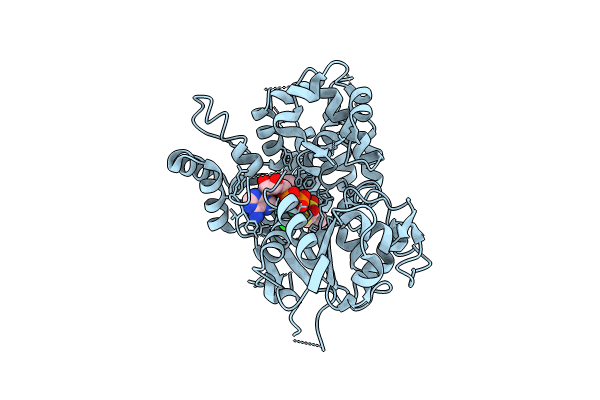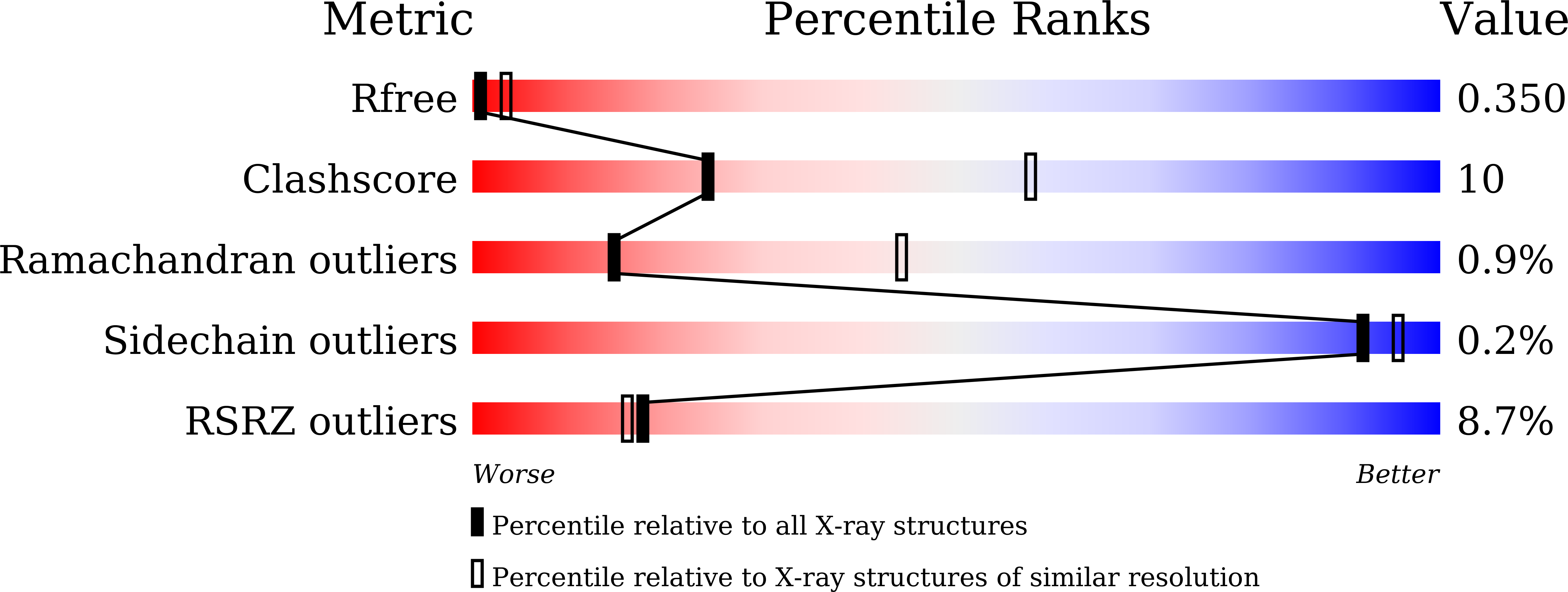
Deposition Date
2024-05-06
Release Date
2024-10-02
Last Version Date
2024-10-23
Entry Detail
PDB ID:
8ZEM
Keywords:
Title:
Crystal Structure of NLRP3 NACHT domain in complex with NP3-1
Biological Source:
Source Organism:
Homo sapiens (Taxon ID: 9606)
Host Organism:
Method Details:
Experimental Method:
Resolution:
3.32 Å
R-Value Free:
0.34
R-Value Work:
0.30
R-Value Observed:
0.30
Space Group:
P 61 2 2


